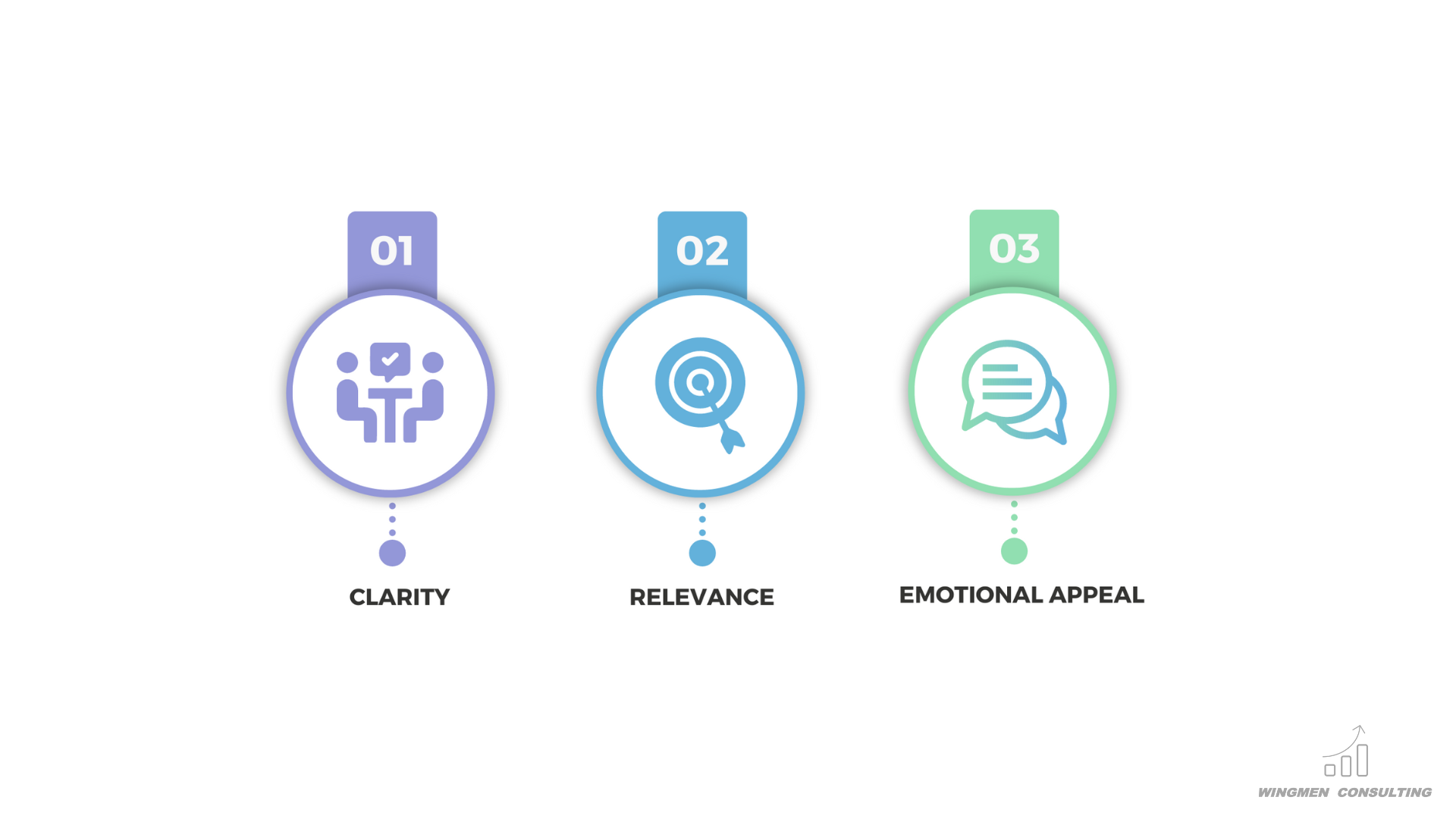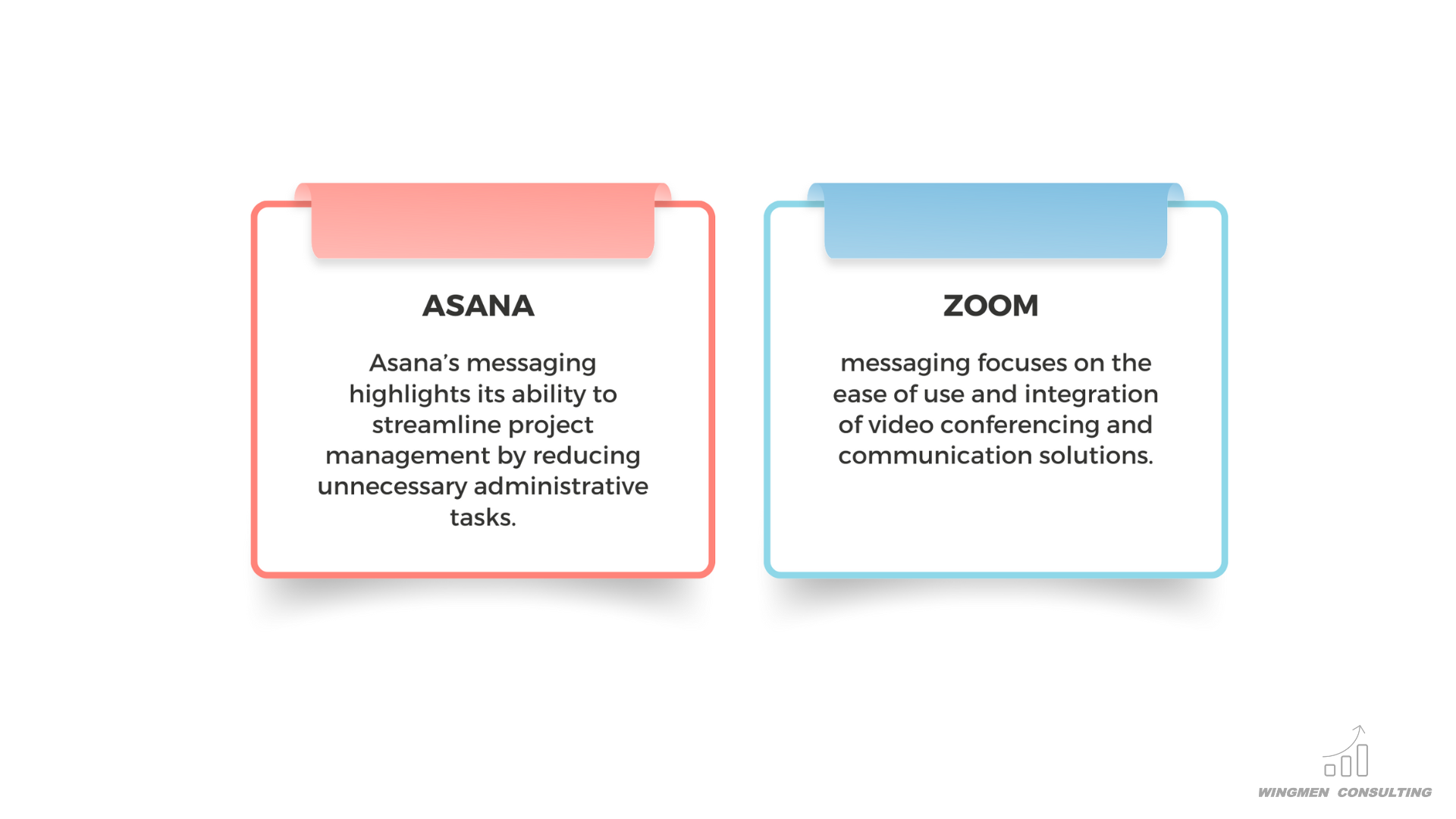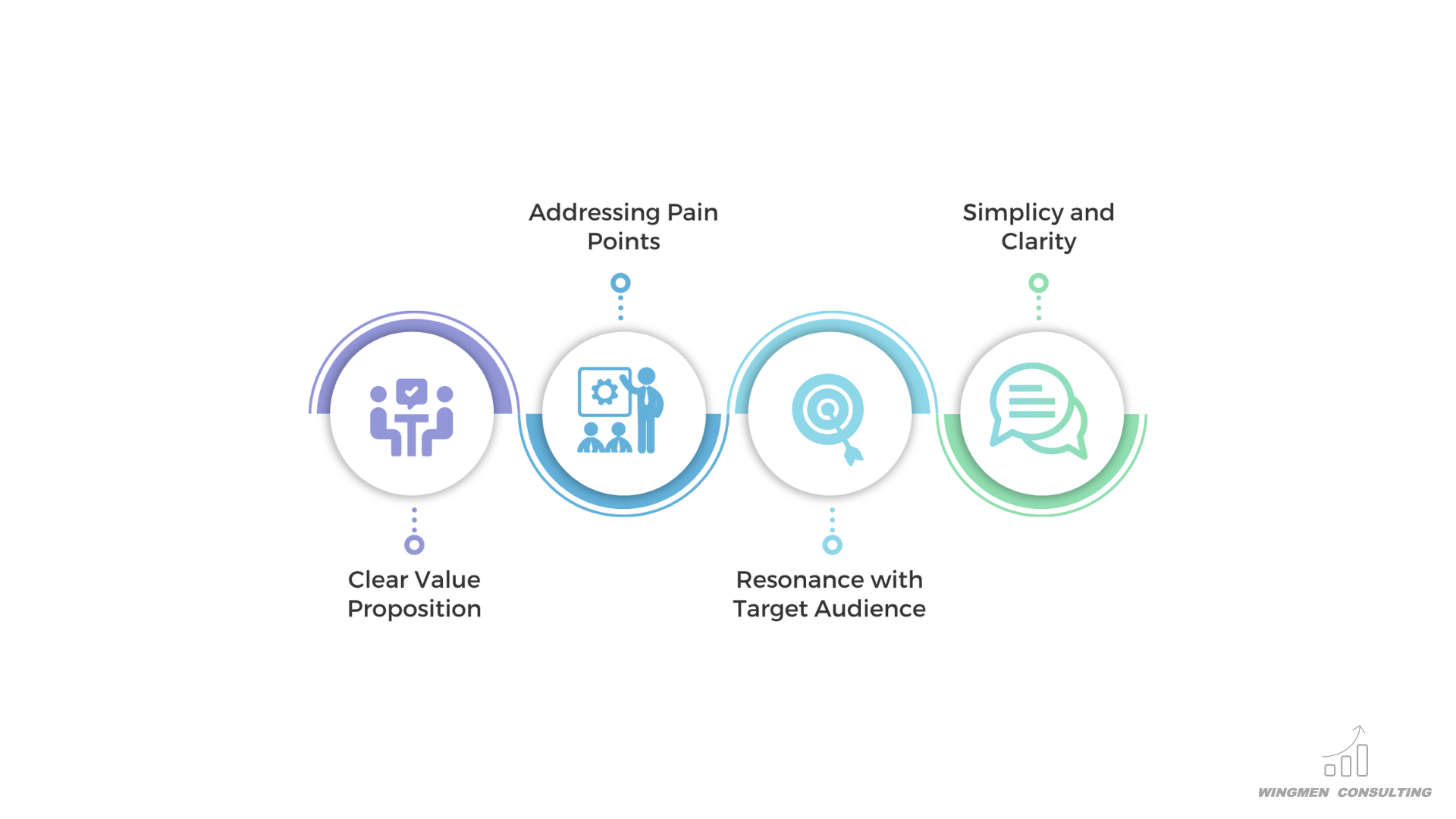Unlocking Message Market Fit: Mastering Communication for Business Success
Introduction
In today’s competitive landscape, where countless businesses vie for attention, the difference between success and failure often boils down to one thing: how well you communicate with your audience. Amidst the noise, only those who truly understand their customers’ needs can rise above. This is where achieving message market fit becomes essential. In this article, we’ll dive deep into what message market fit is, why it matters, and how you can refine your messaging to connect with your audience on a profound level.
What is Message Market Fit?
Message market fit is the sweet spot where your messaging aligns perfectly with the needs, desires, and expectations of your target audience. It’s not just about what you say—it’s about how well your message resonates, engages, and drives action among your ideal customers.
Brands like Apple and Nike have mastered this concept, creating messages that speak directly to their audiences’ aspirations and challenges. This alignment has led to unmatched customer loyalty and sustained market success.
How to Identify and Understand Your Target Audience
Understanding Your Market
The foundation of message market fit lies in a deep understanding of your market. Begin with comprehensive market research to uncover insights about your potential customers. Utilize surveys, interviews, and social media analytics to gather data on their behaviors, preferences, and pain points. This information is critical for shaping a message that truly resonates.
Creating Buyer Personas
Crafting detailed buyer personas is a powerful way to visualize and understand your ideal customers. These personas should include demographic details, behaviors, pain points, and goals. When you have a clear picture of who you’re talking to, you can tailor your messaging to address their specific needs, making your communication more effective.
Audience Segmentation
Not all customers are the same, which is why audience segmentation is crucial. By segmenting your audience based on factors like age, location, and purchasing behavior, you can create messages that are highly relevant to each group. Tools like Google Analytics and CRM software can help in this segmentation process, ensuring your messaging hits the mark with each audience segment.
Crafting a Message That Resonates
Key Elements of a Strong Message
- Clarity: Your message should be simple, clear, and free of jargon. The quicker your audience understands what you’re offering, the more likely they are to engage.
- Relevance: Tailor your message to address the specific needs and interests of your audience. A message that speaks directly to their situation is far more impactful.
- Emotional Appeal: Emotional connections are powerful. Craft messages that evoke feelings, making your communication memorable and impactful.

Developing Value Propositions
Your value propositions are the core of your message. Clearly articulate your unique selling points (USPs) and emphasize the benefits your product or service offers. Different audience segments may require different value propositions, so ensure each is relevant to the specific group you’re targeting.
Testing, Refining, and Optimizing Your Message
A/B Testing
A/B testing is an essential tool for refining your message. By testing different versions of your message, you can determine which one resonates best with your audience. Track metrics such as click-through rates, conversion rates, and engagement levels to make data-driven decisions that optimize your messaging strategy.
Feedback Loops
Customer feedback is invaluable. Regularly gather feedback through surveys, reviews, and direct interactions, and use this information to continuously improve your messaging. Feedback loops ensure that your message evolves with your audience’s changing needs and preferences, keeping it relevant and effective.
Real-World Examples and Case Studies

Asana: Simplifying Project Management
Asana’s messaging highlights its ability to streamline project management by reducing unnecessary administrative tasks. This message speaks directly to teams and project managers who are overwhelmed by the complexities and inefficiencies of traditional project management methods. Asana positions itself as a tool that helps teams focus on their core work and big ideas rather than getting bogged down by routine tasks.
Zoom: Unified Communication Solutions
Zoom’s messaging focuses on the ease of use and integration of video conferencing and communication solutions. This message resonates with businesses and individuals looking for a reliable and straightforward platform for virtual meetings. By highlighting the unification of video conferencing, online meetings, and messaging, Zoom addresses the market’s need for an all-in-one communication solution.
Key Takeaways and Best Practices
Actionable Tips
- Regularly Update Buyer Personas: As new data emerges, refine your buyer personas to keep your messaging aligned with your audience’s evolving needs.
- Leverage Storytelling: Stories captivate and engage, making your message more relatable and memorable.
- Maintain Consistency Across Channels: Consistent messaging builds trust and reinforces your brand identity across all touchpoints.
Best Practices
- Do: Test different messages and be adaptable. Flexibility allows you to stay relevant as your audience’s needs change.
- Don’t: Rely solely on assumptions. Always base your strategies on data to ensure your message resonates effectively.
Conclusion
Achieving message market fit is about more than just crafting a good message – it’s about understanding your audience, creating meaningful communication, and continuously refining your approach. By following these tips and embracing a data-driven mindset, you can ensure your messaging not only reaches your target market but also resonates deeply, driving long-term success.

